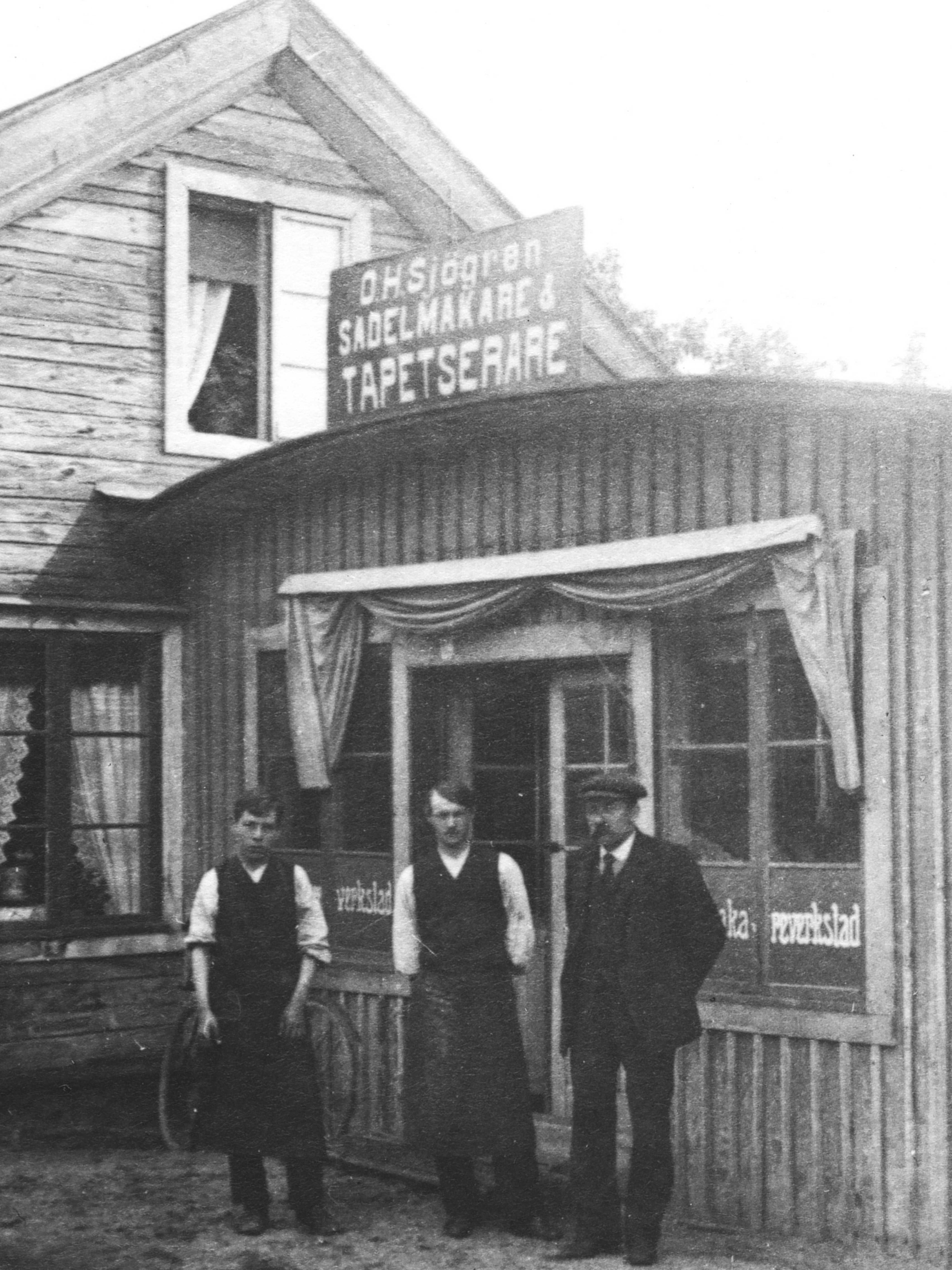
Sofa Liljevalchs

Producing Svenskt Tenn’s upholstered furniture is a time-consuming process which requires great craftsmanship. A team of exceptional furniture makers, seamstresses, upholsterers and padding staff lies behind the production, led by the fourth generation of the Sjögren family.

O.H. Sjögren’s furniture factory in Tranås has been producing upholstered furniture for Svenskt Tenn since 1982.
The factory was founded as early as 1902 by Oskar Herbert Sjögren, who early on specialised in the production of sofas and armchairs. Over time production has developed, but the original idea of producing the highest conceivable quality remains the same today, more than 100 years later.
Nowadays, the company is run by the brothers Håkan och Jakob Sjögren, whose objective is to preserve solid quality and craftsmanship, in the same way as their grandfather did at the beginning of the 1900s.

O.H. Sjögren was founded in 1902.
Jakob Sjögren“When we are to begin producing a sofa, it is the furniture maker who is responsible for the first stage, namely the furniture’s timber frame. This can comprise up to 50 different wooden parts and each part is a sawed and put together by hand.”

Many skilled craftsmen are needed for the work to succeed, and they are all responsible for various stages in the process. Before planning the construction, the team has viewed photographs and drawings of the sofa or armchair.
– When we are to begin producing a sofa, it is the furniture maker who is responsible for the first stage, namely the furniture’s timber frame. This can comprise up to 50 different wooden parts and each part is a sawed and put together by hand. The frame is based on solid Swedish pine, as are nearly all components in our furniture, which are bought from local producers. This provides us with better control over the process and we can ensure that the parts meet our requirements as regards quality and the environment,” says Jakob Sjögren.

– The furniture underwork begins with the fitting of springs, and most of Svensk Tenn’s sofa models have springs in both the back and the seat. When that part is completed, the soft upholstery sections are applied. Each model has up to 20 specially designed components, which differ in thickness and hardness. The components are built up in different layers for maximum comfort, taking into account where in the furniture they are placed. The parts are created for the furniture by hand, which gives the furniture its final form.

The material which is used to dress the sofa is rolled out on a cutting board and cut according to templates. A patterned fabric requires more fabric since both buttons and the fabric joins must be adapted to the fabric. The cut out parts are sewn together to suit the furniture. The differing qualities of fabrics impose demands for different seam allowances and sewing techniques. Finally, the furniture is upholstered with the selected material.
– This is the final work element which imposes particularly exacting demands for craftsmanship and experience in order to achieve the best conceivable result.